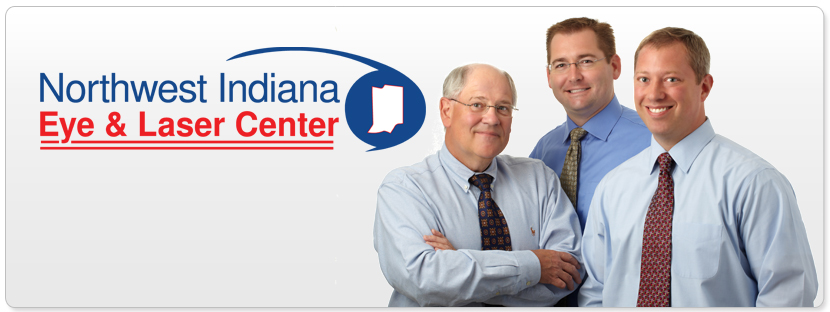Monday, June 20, 2016
Monday, June 13, 2016
Treatment of Lazy Eye or Amblyopia
Treatment of Amblyopia
The best results are always achieved if the treatment of amblyopia is started as early as possible. If necessary, children with refractive errors such as nearsightedness, farsightedness or astigmatism can wear glasses or contact lenses when they are as young as one week old. Children with cataracts or other “amblyogenic” conditions need to be treated promptly in order to minimize the development of amblyopia. One of the most important treatments of amblyopia is correcting the refractive error with consistent use of glasses and/or contact lenses. Other mainstays of amblyopia treatment are to enable as clear an image as possible, for example, by removing a cataract, and forcing the child to use the non dominant eye by patching or blurring the better seeing eye with eye drops. Eye drops are used to “penalize” the good eye and force the use of the weaker or amblyopic eye. We may be able to use eye drops instead of patching when the amblyopia is not very bad or when a child is unable to wear the patch as recommended. For mild to moderate degrees of amblyopia, studies have shown that patching or eye drops may be just about equally effective. Generally, we start to see improvements in vision within weeks of treatment however for optimal results it will be necessary to be patient for many months.
In some cases, treatment for amblyopia isn’t successful and it is difficult to stop treatment but is recommended when there is any real benefit. Children who have amblyopia in one eye and good vision only in their other eye can wear safety glasses and sports goggles to protect the normal eye from injury. As long as the good eye stays healthy, these kids function normally in most aspects of society.
If you or someone you know has questions or concerns about the treatment of amblyopia or needs a kids eye exam, call Northwest Indiana Eye & Laser Center at 219-464-8223, or visit Northwest Indiana Eye & Laser Center, Google+ or facebook.com/nwindianaeyeandlaser.
Northwest Indiana Eye & Laser Center offices are located at 502 Marquette Street, Valparaiso, Indiana 46383 and 1001 South Edgewood Drive, Knox, Indiana 46354.
Monday, June 6, 2016
Concussion Eye Test for Student Athletes
Eye Test for Concussion in Student Athletes
An eye test for concussions might be helpful for student athletes playing contact sports who are known to be at risk for head trauma. Up to 3.9 million sports related mild traumatic brain injuries, or concussions, occur annually in the United States, according to the Centers for Disease Control and Prevention, but researchers say that number is likely higher since the CDC only tracks emergency room visits. Experiencing a concussion in a game increases an athlete’s risk for sustaining a second condition in the same season by three times. Other complications include the dangerous second impact syndrome, or other short and long term side effects.
Research on Concussion and Eye Tests
Research from the NYU Langone Concussion Center shows that a simple eye test, which can be administered in less than two minutes, can effectively diagnose a concussion and help determine whether a student athlete as young as 5 years old should return to a game. A study published in the Journal of Neuro-Ophthalmology, was conducted on 89 NCAA athletes and a younger group of 243 youth athletes under age 17, and shows how the eye test, known as the King-Devick test, could help minimize the problems that make the diagnosis of concussion difficult in student athletes involved in youth sports. The researchers report that the test can easily be administered on the sidelines by parents and non-health care professionals when athletic trainers and doctors are not available to monitor sidelines at youth sports games.
About the King-Devick Test
As part of the King-Devick test, athletes read numbers off of three pieces of paper while being timed with a stopwatch. A worsened performance from a baseline reading suggests a concussion has occurred. Since concussions may cause devastating short and long term cognitive effects, tools like vision testing that can objectively diagnose a concussion are critical. Some sideline tests only measure cognition and balance, but visual testing is rarely performed, despite longstanding evidence that vision is commonly affected by concussion, according to a review article published in the Journal of Neuro-Ophthalmology. Previous research suggests about 50 percent of the brain’s pathways are tied to vision.
If you or someone you know plays youth sports and is concerned about the risk and evaluation of concussion, please call Northwest Indiana Eye & Laser Center at 219-464-8223, or visit Northwest Indiana Eye & Laser Center, Google+ or facebook.com/nwindianaeyeandlaser.
Northwest Indiana Eye & Laser Center offices are located at 502 Marquette Street, Valparaiso, Indiana 46383 and 1001 South Edgewood Drive, Knox, Indiana 46354.
Subscribe to:
Posts (Atom)
